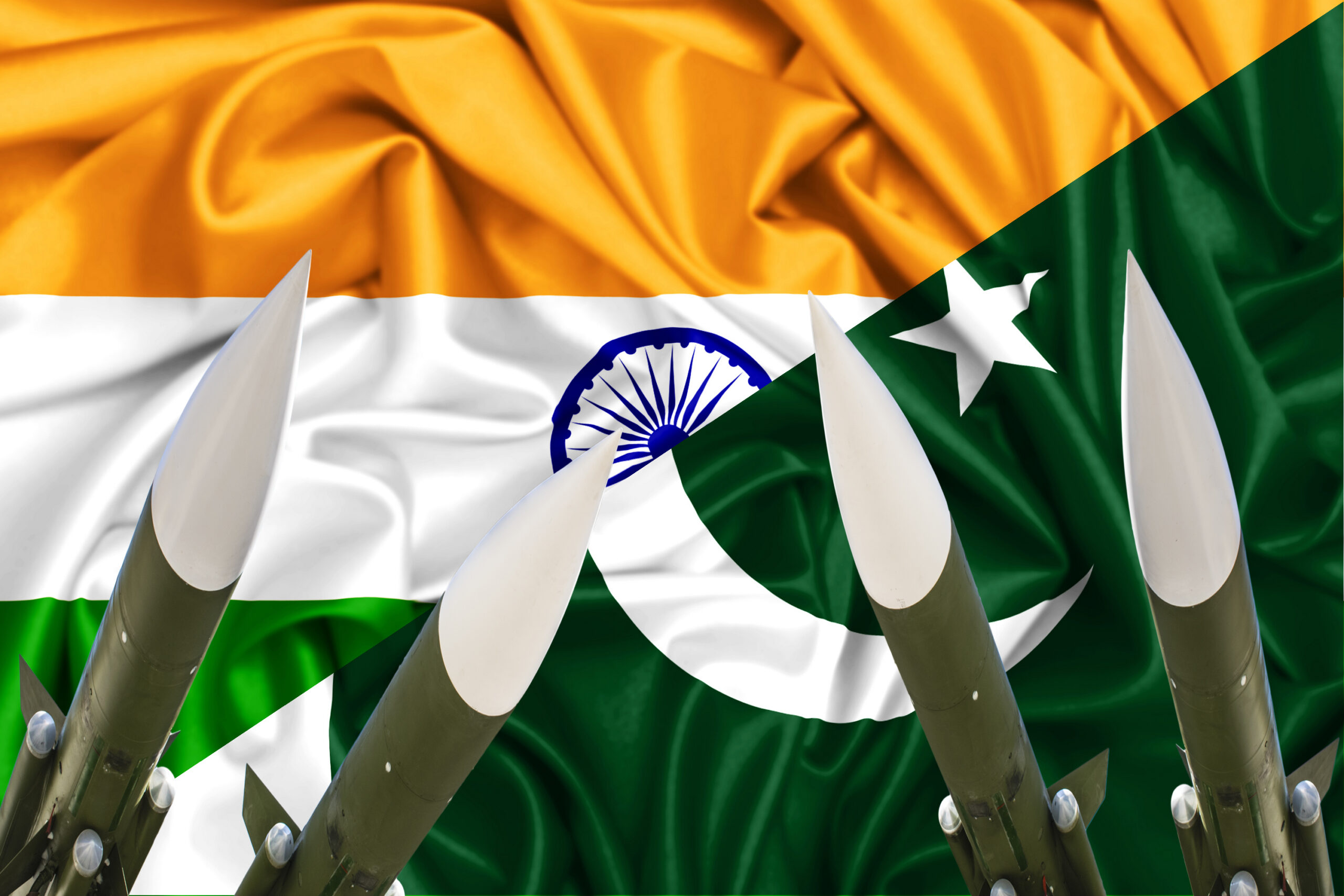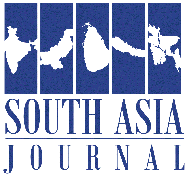
In the immediate aftermath of the April 2025 Kashmir attack that claimed the lives of 26 civilians, South Asia stood at the brink of war. India, pinning the blame on Pakistan-based actors, initiated a rapid military escalation with missile strikes on May 7. Yet, while New Delhi resorted to belligerence, Islamabad chose a contrasting path—one marked by calculated restraint and adept diplomacy. The result: Pakistan not only held its ground militarily but emerged diplomatically reinforced, gaining unprecedented traction in capitals like Moscow and Washington.
This conflict demonstrated a growing asymmetry—not of military might, but of diplomatic acumen. It revealed how Pakistan, often boxed into the role of a security challenger, rebranded itself as a rational actor advocating stability and regional peace.
Pakistan’s military response to India’s aggression was emblematic of what strategic theorists call “calibrated deterrence.” Rather than mirroring India’s hostility tit-for-tat, Pakistan employed precise defensive strikes supported by real-time satellite surveillance from Paksat-1R and advanced missile systems like the PL-15. By targeting Indian drone bases and radar installations without expanding the war theatre, Pakistan neutralized the immediate threat while controlling escalation thresholds—a textbook case of limited war doctrine.
This measured response created space for diplomacy. In contrast, India’s exaggerated claims—such as false reports of entering Lahore or shooting down Pakistani jets—quickly unraveled in the face of satellite evidence and international fact-checking. New Delhi’s narrative began to appear overstated, even desperate, while Islamabad’s transparency earned credibility.
Former Foreign Minister Bilawal Bhutto Zardari, backed by seasoned diplomats like Syed Tariq Fatemi, spearheaded Pakistan’s campaign across Moscow, Washington, London, and Brussels. These efforts weren’t mere damage control; they projected Pakistan as a rational state seeking de-escalation and multilateral engagement.
In Russia, traditionally neutral in Indo-Pak disputes, the Pakistani delegation found surprising success. Moscow, already unsettled by India’s proximity to the US through QUAD, offered political support for Pakistan’s call for an independent investigation into the Kashmir attack. The Kremlin’s endorsement—veiled yet unmistakable—signaled a new geopolitical logic. Russia is recalibrating its South Asia policy, favoring states that advocate balance rather than bloc alignment. India’s inflammatory rhetoric and defiance of water-sharing treaties like the Indus Waters Treaty did little to endear it to Russian diplomats.
The United States, often seen as leaning towards India due to economic and strategic interests, played an unusually even-handed role this time. Secretary of State Marco Rubio’s shuttle diplomacy, culminating in a May 10 ceasefire, was not just about managing a flashpoint—it subtly validated Pakistan’s restraint. President Trump’s acknowledgment of Islamabad’s willingness to negotiate, followed by a trade incentive package contingent on continued peace, further confirmed this perception shift.
Pakistan succeeded in reframing the narrative in Washington. Instead of being cornered by accusations of harboring terrorists, Islamabad underscored its military restraint, cooperation on intelligence matters, and openness to international mediation. India’s aggressive diplomacy, in contrast, fell flat. Foreign Minister S. Jaishankar’s repeated invocation of Pakistan as a terror sponsor appeared outmoded, especially as Indian media disinformation was being debunked in real time.
One of Pakistan’s least acknowledged yet most decisive victories in 2025 was in the realm of strategic communications. In a media landscape often skewed against it, Pakistan leveraged satellite imagery, independent verification, and prompt diplomatic briefings to discredit India’s wartime propaganda. This deft narrative management amplified Pakistan’s diplomatic overtures. Its pitch of “regional stability through dialogue” resonated in Brussels, London, and Ankara. The result was a swelling chorus of calls for restraint—not just aimed at Pakistan, but at India too.
What emerged in 2025 was a new Pakistani diplomatic doctrine—one that blends strategic patience, multilateral engagement, and rapid narrative counteraction. Islamabad’s restraint wasn’t passive; it was part of a calculated bid to raise its stature as a responsible nuclear power and a key stakeholder in regional security.
This doctrine thrives on multi-vector diplomacy: engaging the West for economic ties, deepening China-Russia collaboration for geostrategic backing, and leveraging the Islamic world for moral support. Crucially, it marks a pivot away from reactive diplomacy toward proactive global engagement.
India’s 2025 foreign policy response stands in sharp contrast. Its military assertiveness, unmoored from strategic restraint, cost it diplomatic capital. By refusing dialogue, violating regional treaties, and peddling unverifiable claims, India alienated both traditional partners and neutral observers.
In 2025, Pakistan won more than a military standoff—it won a contest of perceptions. While India flexed military muscle, Pakistan flexed diplomatic finesse. As great powers increasingly reward states that prioritize dialogue and deterrence over escalation, Islamabad’s approach may serve as a model for conflict resolution in the nuclear age.
If wars are no longer fought just with weapons but also with narratives, alliances, and diplomacy, Pakistan has shown how to emerge victorious without total war. And that, perhaps, is the most strategic triumph of all.
